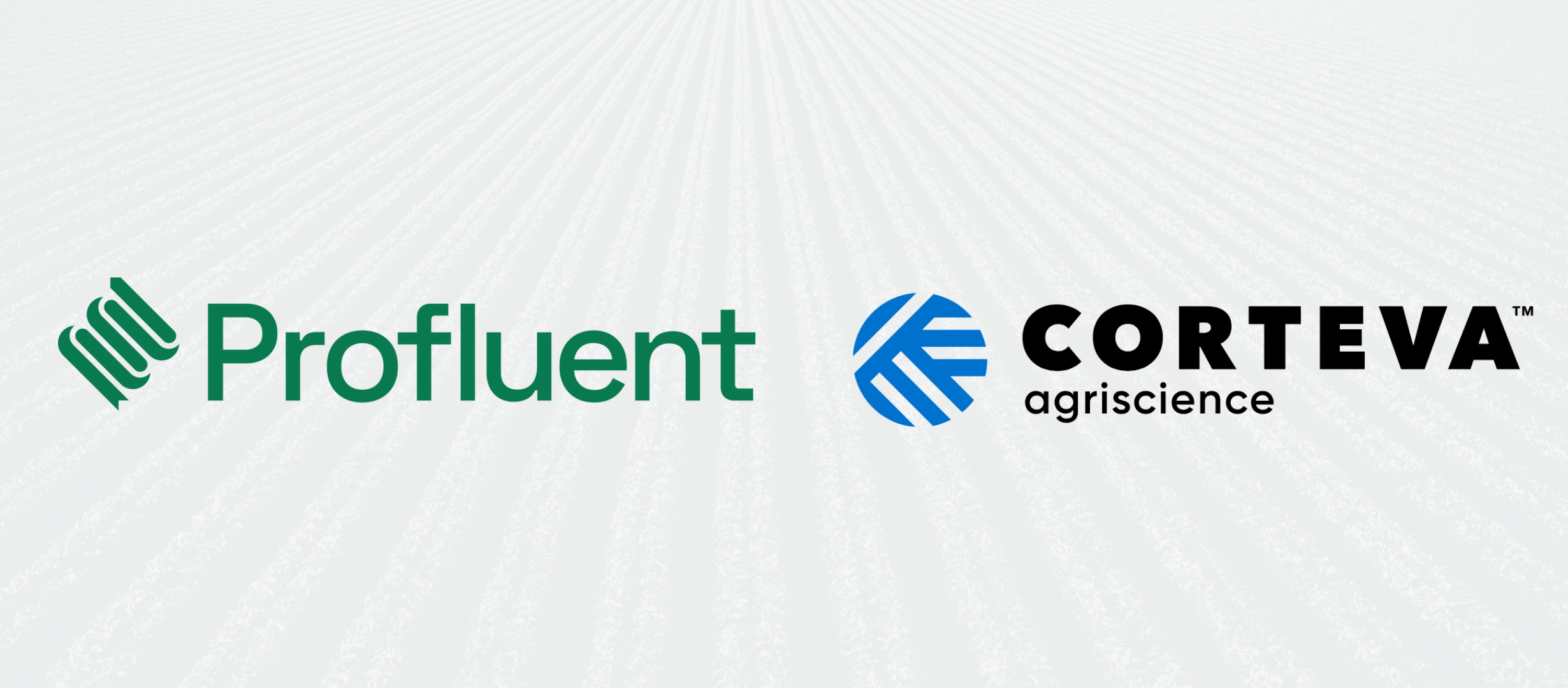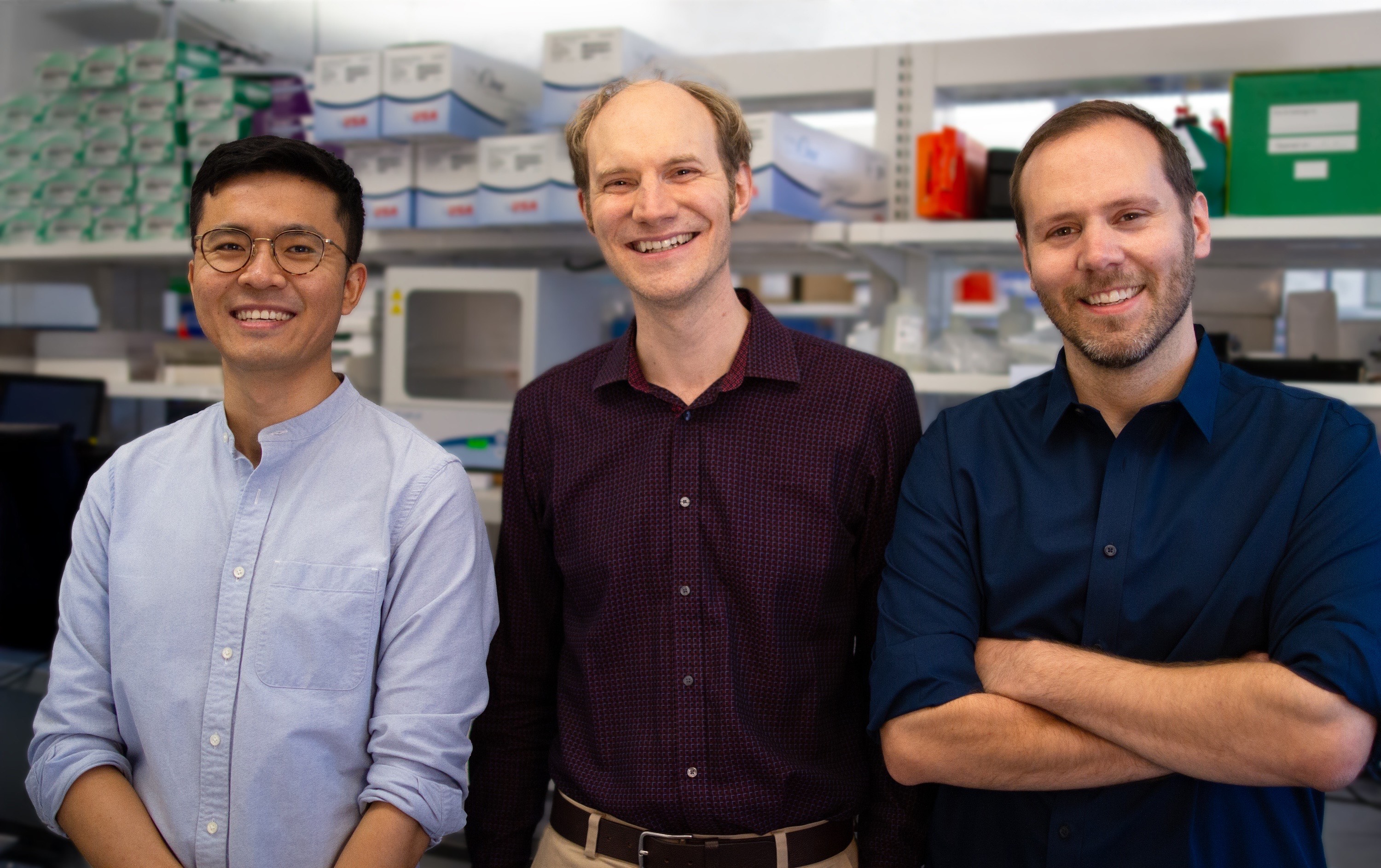How the synbio stack is allowing startups to flourish in the land of biotech giants
Biology produces the most complex structures in the universe with remarkable efficiency. But until recently, biology’s creative engine was out of reach for most startups. The large research teams and pricy equipment needed to design new drugs or biochemicals meant that only big players in big markets could compete. “Lean biotech startup” was an oxymoron. This is starting to change though. The synbio stack is transforming the competitive landscape by allowing small startups to flourish in the land of the biotech giants. Now even small biotech startups have a chance to use the same design and manufacturing techniques that have powered innovation in aerospace, computer chips, and countless other industries.In the 1960s, the aerospace industry became the first to use computer aided design (CAD) to assist in the design of complex products. Since then, the original CAD software has evolved into an integrated suite of digital tools encompassing computer aided design, 3D simulation/engineering (CAE), physical manufacturing (CAM), and asset and data tracking. These tools allow designers and engineers to rapidly iterate new product designs in silico using simulation data. The finished design is then converted to a set of computerized instructions that control the hardware that manufactures the finished product.Integrated digital tools delivered tremendous productivity gains, and they quickly became the dominant approach to mechanical and electronic engineering. General purpose software vendors soon emerged, and manufacturers gradually transitioned away from in-house solutions and instead used these general purpose platforms. Third-party vendors developed new technologies, each solving some portion of the design and manufacturing problem. Well-defined industry standards helped build interoperability across these best-of-breed technologies. Today, no manufacturing company operates without a skilled workforce that is proficient in modern digital design tools.The same story is playing out in biotech now, as vendors develop powerful components that can be assembled into technology stacks. For instance, a pharmaceutical research group could purchase synthetic RNA from Synthego or Twist Bioscience. It could run CAD software from TeselaGen, simulation software from Cyrus Biotechnology, robotic lab systems from Opentrons and Benchling, and data management software from Riffyn.
The rise of data-driven design
Next-generation biotech companies will combine individual components of the stack to create highly efficient, iterative loops of design, simulation, experimentation, and analysis.Designing biological systems is challenging. So is programming complex experimental methods. Therefore, leading products in the synbio stack now use simulations to model both biology and logistics to deliver error-free designs and experimental execution without a high technical barrier to entry.The growing reliance on simulations and iterative design means that biotech is becoming increasingly data-driven. Researchers are jettisoning the scientific method of hypothesis testing in favor of discovery science and algorithmic experimentation. Discovery science stresses empirical analysis of large volumes of experimental data to find new patterns or correlations. Algorithmic experimentation, also known as active learning, is a subfield of machine learning focused on algorithms that select the data they need to improve their own models. The new modus operandi is to collect vast amounts of data, generate lots of models, design experiments to test the models, and algorithmically select new experiments to iteratively improve the best models.
The automation layer and robotic labs
Data-driven bioengineering requires good data, of course, so wet lab experiments must be precise, accurate and reproducible. Outside of pharmaceutical manufacturing, though, wet lab processes historically have been neither precise nor easily reproducible. Companies including Opentrons and Gilson now offer low-cost robotic lab equipment that allows even small startups to run sophisticated, reproducible wet lab experiments in-house.

The OT-2 can automate hundreds of life science protocols and workflows.
The Opentrons OT-2 robot launched in March with the explicit aim of making the lean biotech startup possible. With its open-source API and low cost, the OT-2 allows for more standardized and reproducible research results that can be transferred faster from academia to business and consumer manufacturing. “We are the open execute layer that allows people to put their analysis and design to work,” says Will Canine, Opentrons Co-Founder and CPO. A postdoc with a pipette might not be able to execute the increasingly multiplex combinatorial experimental designs that the design layers of the stack now produce, but the OT-2 handles these tasks quickly and reliably.https://youtu.be/ci6ilG5NRrAA fully automated synbio stack needs an operating system, and Synthace’s Antha can take users seamlessly from initial concept all the way to finished product. It supports hardware from many vendors, covering everything from automated cell culture systems to liquid handlers, from PCR machines to mass spectrometers. Antha supports discovery science and algorithmic experimentation, so it treats the settings on all these instruments, plus all the genetic and physiological features of the engineered organisms, as parameters that can be rapidly optimized in parallel.

Antha is designed by scientists to enable you to focus on the science: not the pipetting.
Riffyn offers a code repository where users can store lab protocols, like a Github of biological manufacturing processes. This enables easy version tracking and lets users take a process that works in one place and transfer it to another. For startups, this means easier scale-up because engineered processes can simply be handed off to a manufacturing facility. Moreover, it gives startups the option to develop and license processes rather than manufacture products.

Riffyn’s computer-aided design for science
The synbio stack is still in its infancy, but already it has been adopted by users large and small. The productivity gains from CAD/CAM and data-driven design are too compelling to ignore. And for small startups, access to low-cost plug-and-play tools means they will soon be able to create products that once seemed beyond their reach. When that happens, the term “biotech” will no longer be a synonym for big pharma.



.svg)










.jpg)

.gif)